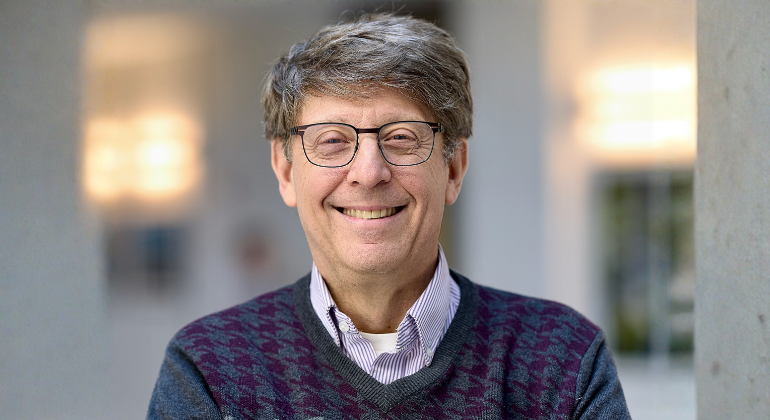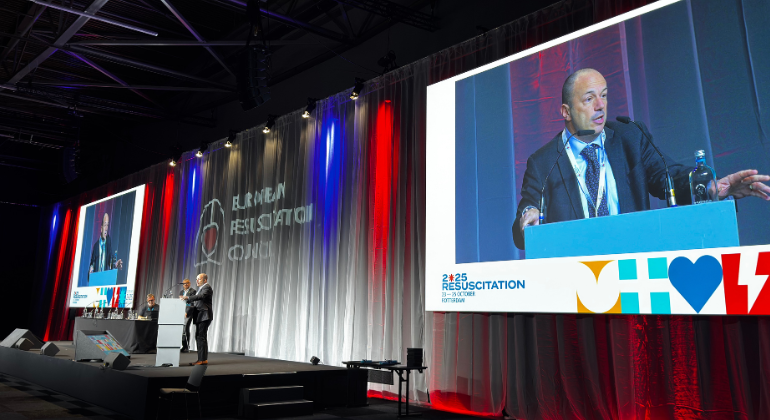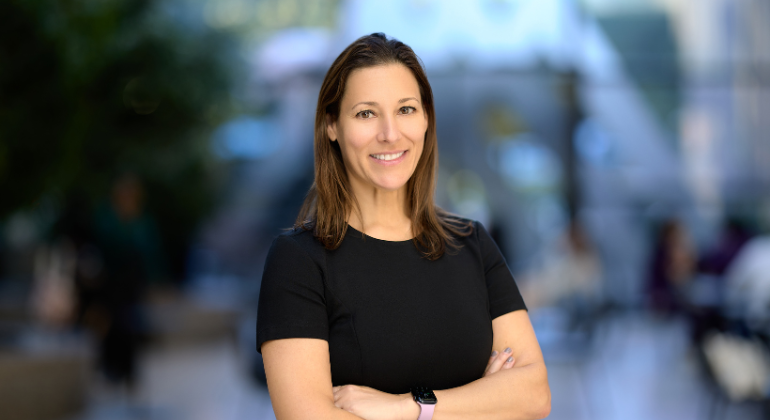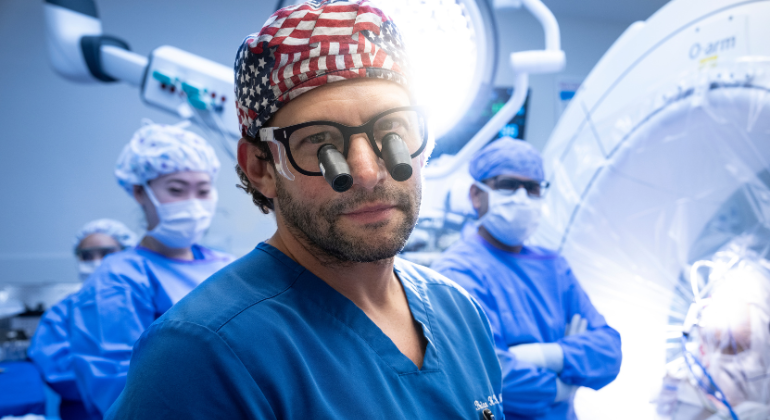Mount Sinai Researcher Identifies Best Practices for Hearing Preservation in Cochlear Implant Patients
Findings could transform treatment worldwide and enhance patient care
Cochlear implants that have electrodes designed without wire perform better than those with wires for long-term hearing preservation, a Mount Sinai researcher has reported in a first-of-its-kind study. The research also determined that the best surgical approach for cochlear implant procedures did not involve drilling into the bone around the ear. The results, published in the June 23, 2017, online edition of The Laryngoscope, may transform how doctors approach cochlear implant procedures to give patients the best possible outcomes.
Cochlear implants help preserve hearing in patients with nerve deafness who cannot benefit from hearing aids. They are surgically placed in the inner ear to convert sound waves into electrical signals that stimulate the auditory nerve to provide hearing.
“This is the largest clinical study done in the world on conventional electrodes and will have major implications for doctors and their patients who need their long-term hearing restored,” said the study’s lead investigator, George Wanna, MD, Site Chair, Department of Otolaryngology-Head and Neck Surgery at New York Eye and Ear Infirmary of Mount Sinai (NYEE) and Mount Sinai Beth Israel; Chief, Division of Otology-Neurotology and Director of the Center for Hearing and Balance and Ear Institute at Mount Sinai Health System. “This study is a breakthrough for patients with hearing loss, and improvements in practice and techniques will allow them to enjoy many hearing benefits such as music enjoyment, listening in complex environments, and sound localization.”
Dr. Wanna and a team of researchers from Vanderbilt University examined roughly 230 patients with every type of cochlear implant, including three FDA-approved implants that use different types of electrodes to stimulate the auditory nerve. They found that electrodes designed with no wire (called lateral wall electrodes) performed the best in maintaining residual hearing in the inner ear, compared to electrodes made with wire. More specifically, the non-wire electrodes were less traumatic, causing less injury and minimizing fractures inside the inner ear. The study found that the actual brand of the electrode did not make a difference; the presence or absence of wire was the only distinguishing factor.
Dr. Wanna and the researchers also looked at the impact of two major surgical approaches used to insert the electrodes in the inner ear: “round window” (where surgeons open the membrane without bone removal or drilling in the inner ear) and “cochleostomy” (which requires drilling into the bone to get inside the inner ear). They reported that patients who had the round window approach had a much better chance of keeping their residual hearing in the long term.
“The cochleostomy approach causes fibrosis and scarring, leading to hearing loss over time,” said Dr. Wanna. “Our results also revealed that using oral steroids also helped in the long term to preserve hearing by preventing inflammation.”
“We hope the findings will help surgeons choose the best implants and approaches for their patients,” said Dr. Wanna. “This is an exciting time in this field, and the advancement in hearing technology and continued improvements in techniques and outcomes will benefit patients and their families.”
This research was supported by the National Institute on Deafness and Other Communication Disorders the National Center for Advanced Translational Sciences.
About the Mount Sinai Health System
Mount Sinai Health System is one of the largest academic medical systems in the New York metro area, with 48,000 employees working across seven hospitals, more than 400 outpatient practices, more than 600 research and clinical labs, a school of nursing, and a leading school of medicine and graduate education. Mount Sinai advances health for all people, everywhere, by taking on the most complex health care challenges of our time—discovering and applying new scientific learning and knowledge; developing safer, more effective treatments; educating the next generation of medical leaders and innovators; and supporting local communities by delivering high-quality care to all who need it.
Through the integration of its hospitals, labs, and schools, Mount Sinai offers comprehensive health care solutions from birth through geriatrics, leveraging innovative approaches such as artificial intelligence and informatics while keeping patients’ medical and emotional needs at the center of all treatment. The Health System includes approximately 9,000 primary and specialty care physicians and 10 free-standing joint-venture centers throughout the five boroughs of New York City, Westchester, Long Island, and Florida. Hospitals within the System are consistently ranked by Newsweek’s® “The World’s Best Smart Hospitals, Best in State Hospitals, World Best Hospitals and Best Specialty Hospitals” and by U.S. News & World Report's® “Best Hospitals” and “Best Children’s Hospitals.” The Mount Sinai Hospital is on the U.S. News & World Report® “Best Hospitals” Honor Roll for 2025-2026.
For more information, visit https://www.mountsinai.org or find Mount Sinai on Facebook, Instagram, LinkedIn, X, and YouTube.

Mount Sinai Health System to Roll Out Microsoft Dragon Copilot
Nov 05, 2025 View All Press Releases
NIH Awards $10 Million for the New York Regional Diabetes Research Center
Oct 23, 2025 View All Press Releases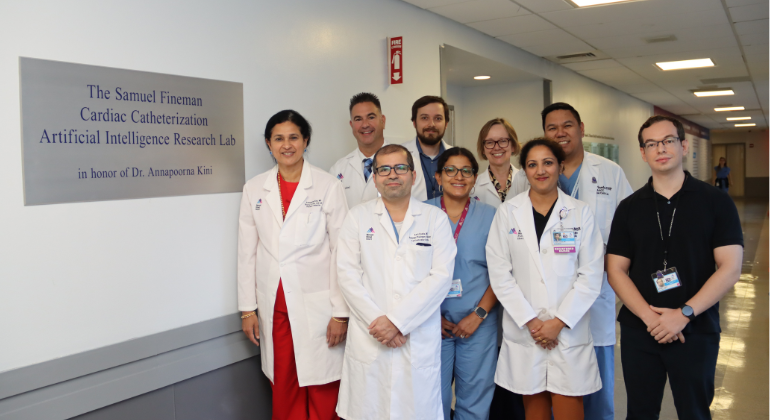
Mount Sinai Launches Cardiac Catheterization Artificial Intelligence Research Lab
Sep 15, 2025 View All Press Releases